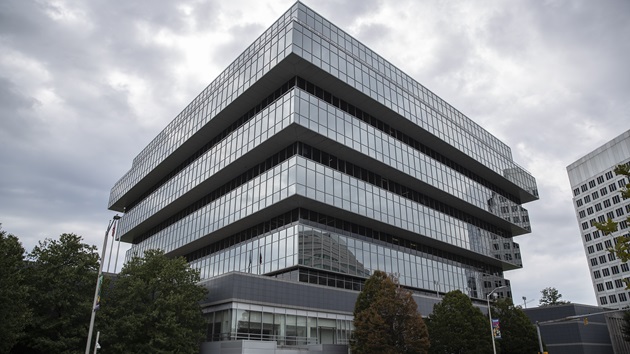Could West Coast’s atmospheric river help undo drought conditions? Too early to tell, experts say
Written by ABC Audio ALL RIGHTS RESERVED on December 29, 2022

(NEW YORK) — The atmospheric river currently impacting the West Coast, while creating dangerous weather conditions for millions of people, could possibly have a chance of temporarily reversing drought conditions in states that desperately need water, experts say.
The National Oceanic and Atmospheric Administration describes atmospheric rivers as “rivers in the sky” because they’re somewhat long and narrow regions in the atmosphere that send most of the water vapor outside the tropics.
The atmospheric river usually brings heavy rain, wind and snow to areas that it flows through, particularly on the West Coast, according to NOAA.
Despite the sustained levels of rain and snow, some experts think it’s too early to determine if the latest atmospheric river will do enough to reverse drought conditions, and they say they’ll have a clearer picture in the spring.
“Everyone should be very cautious about making predictions,” Nicholas Pinter, Ph.D., the associate director of the UC Davis Center for Watershed Sciences, told ABC News.
Earlier this month, the California Department of Water Resources (DWR) was preparing for a fourth dry year and more extreme drought conditions but may change its course, according to experts, as parts of the state are expected to see rain for the next seven to 10 days.
The majority of California had seen less than its average precipitation levels over the last two months prior to the atmospheric river, according to the National Integrated Drought Information System (NDIS). Most of the state was under severe to exceptional drought warnings, the data showed at the time.
Flood watches and advisories have been issued from Seattle to San Francisco Bay. Flooding caused by “excessive rainfall” is possible in portions of northern and central California.
The San Francisco Bay Area saw between 1.02 to 2.83 inches of rain in November, according to NOAA’s California Nevada River Forecast Center. In the last three days, between 2 to 4 inches of rain was reported in the Bay Area, causing some neighborhoods to flood.
Parts of northern California saw between 6 to 8 inches of rain in the last 36 hours. In November, parts of the northern California coast saw up to 8.75 inches of rain.
“What we’ve seen in these drought conditions is those river levels just fall right back down,” Michael Anderson, a state climatologist at DWR, told ABC News. “December, January and February are when we usually expect half our annual precipitation to show up. We’re only through the first of them.”
According to Pinter, people will start talking about droughts again after one below-average year of rain.
Experts say that for drought conditions in California to stop, even temporarily, it needs to be between 120% to 200% above average by the end of the season.
“What we want to see is several years of consistently above-average rain and snowfall,” Pinter said. “Because California’s water reach is so long, we want to see that rainfall pattern over the Colorado Basin, as well.”
The Colorado River Basin has faced drought conditions for more than two decades, according to NDIS, resulting in the reservoirs in the Colorado Basin, Lake Mead and Lake Powell hitting historic lows.
Copyright © 2022, ABC Audio. All rights reserved.
 KVSP
KVSP 




